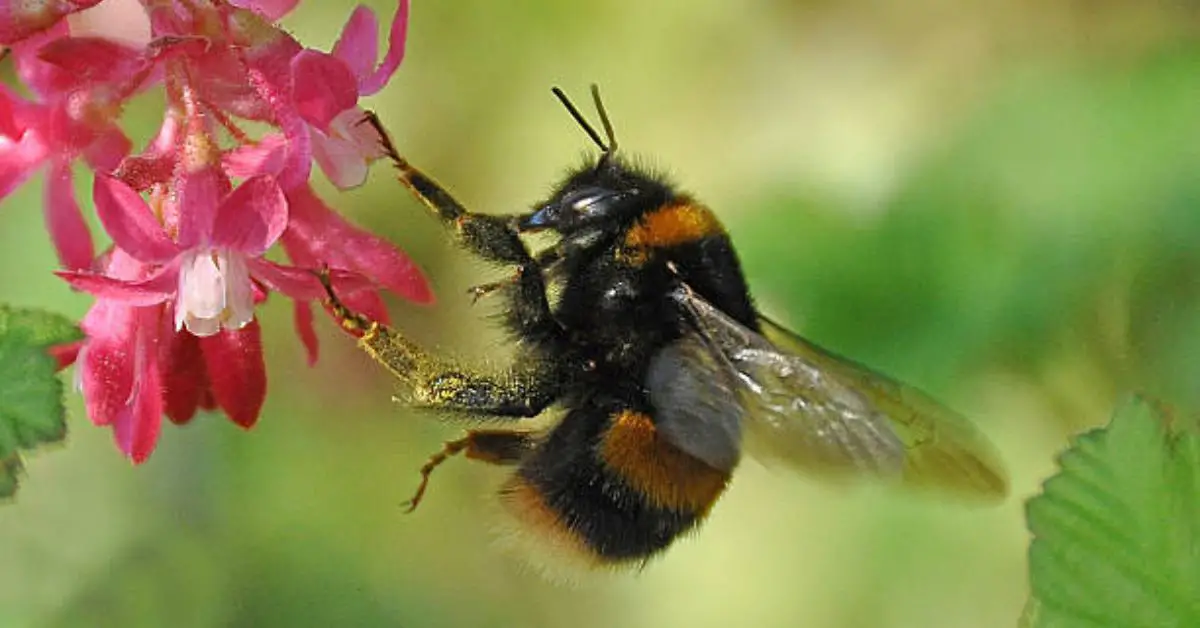Bumble bees, those vibrant and robust creatures of the insect world, play an absolutely vital role in our ecosystem. Their fluffy bodies and distinctive buzzing sound have captured our attention for centuries. But there’s more to these fascinating insects than meets the eye. Let’s dive into the captivating world of bumble bees, uncovering their importance, behaviors, and the incredible impact they have on our environment.
The Vital Role of Bumble Bees in Nature
Bumble bees aren’t just charming insects; they are essential pollinators that facilitate the growth of numerous plant species. From colorful wildflowers to crucial crops, these diligent creatures transfer pollen from one flower to another, aiding in fertilization. This process isn’t just beneficial for the plants; it’s fundamental for human agriculture. Imagine a world without the fruits, vegetables, and nuts that rely on pollination – it’s hard to fathom!
Bumble Bee Colonies
Similar to their distant relatives, honey bees, bumble bees also live in colonies. These colonies are small in comparison, usually consisting of a few hundred individuals. Unlike the hierarchical structure of honey bee colonies, bumble bee societies are more democratic. The queen bee, the heart of the colony, lays eggs while worker bees gather food and protect the nest. Observing these tiny creatures working together showcases the marvel of nature’s collaboration.
Flight of the Bumble Bee
Ever wondered how bumble bees manage to fly with such grace despite their relatively plump bodies? It’s all about wing movement! Unlike airplanes, bumble bees’ wings don’t just move up and down; they rotate in a figure-eight motion. This unique flight pattern generates the lift necessary for these bees to hover, maneuver, and land precisely on the target flower – a true aerial spectacle!
The Bumble Bee’s Toolbox
Bumble bees have developed an array of techniques to extract pollen from flowers effectively. They use their strong jaws to grip onto the flower’s base and vibrate their flight muscles, causing the pollen to dislodge and scatter. This technique, known as “buzz pollination,” is particularly useful for releasing pollen trapped within certain flower types, like tomatoes and blueberries. It’s like nature’s own secret handshake!
Bumble Bees and Climate Change
Unfortunately, bumble bee populations are facing challenges, primarily due to habitat loss and climate change. As temperatures shift and habitats diminish, some bumble bee species struggle to adapt. This is a cause for concern since these insects are crucial for maintaining biodiversity and ensuring the survival of various plant species. Taking action to protect bumble bee’s is a step towards preserving the delicate balance of our ecosystem.
Attracting Bumble Bees
If you have a garden or even a small balcony, you can contribute to bumble bee conservation. Planting a variety of native flowers provides these insects with a diverse and nutritious food source. Colorful blossoms like lavender, sunflowers, and coneflowers are particularly enticing to bumble bees. Creating a bumble bee-friendly environment not only aids their survival but also brings natural beauty closer to home.
Related Posts:
Bumble Bee Reproduction
Bumble bee reproduction involves a dance of cooperation between the queen bee and her colony. In the warmer months, the queen bee lays eggs that hatch into worker bees. As the season progresses, she lays eggs that will become new queens and male bees. These new queens hibernate during the winter months, emerging in spring to start their own colonies. It’s a delicate cycle that showcases nature’s intricacy.
Bumble Bees Up Close
Observing bumble bees up close reveals their captivating behaviors. Have you noticed a bumble bee seemingly sleeping inside a flower? This behavior, known as “nectar robbing,” involves bees accessing nectar by bypassing the flower’s usual entry points. Bumble bees also exhibit “nectar stealing,” where they bite a hole in the base of a flower to reach nectar without pollinating the flower. These behaviors might seem cheeky, but they highlight the adaptability of these insects.
Conclusion
In the grand tapestry of life, bumble bees are the unsung heroes weaving the threads together. Their unassuming presence masks their critical role in sustaining ecosystems and supporting agriculture. From their intricate pollination techniques to their charming behaviors, there’s no shortage of reasons to admire these insects.

